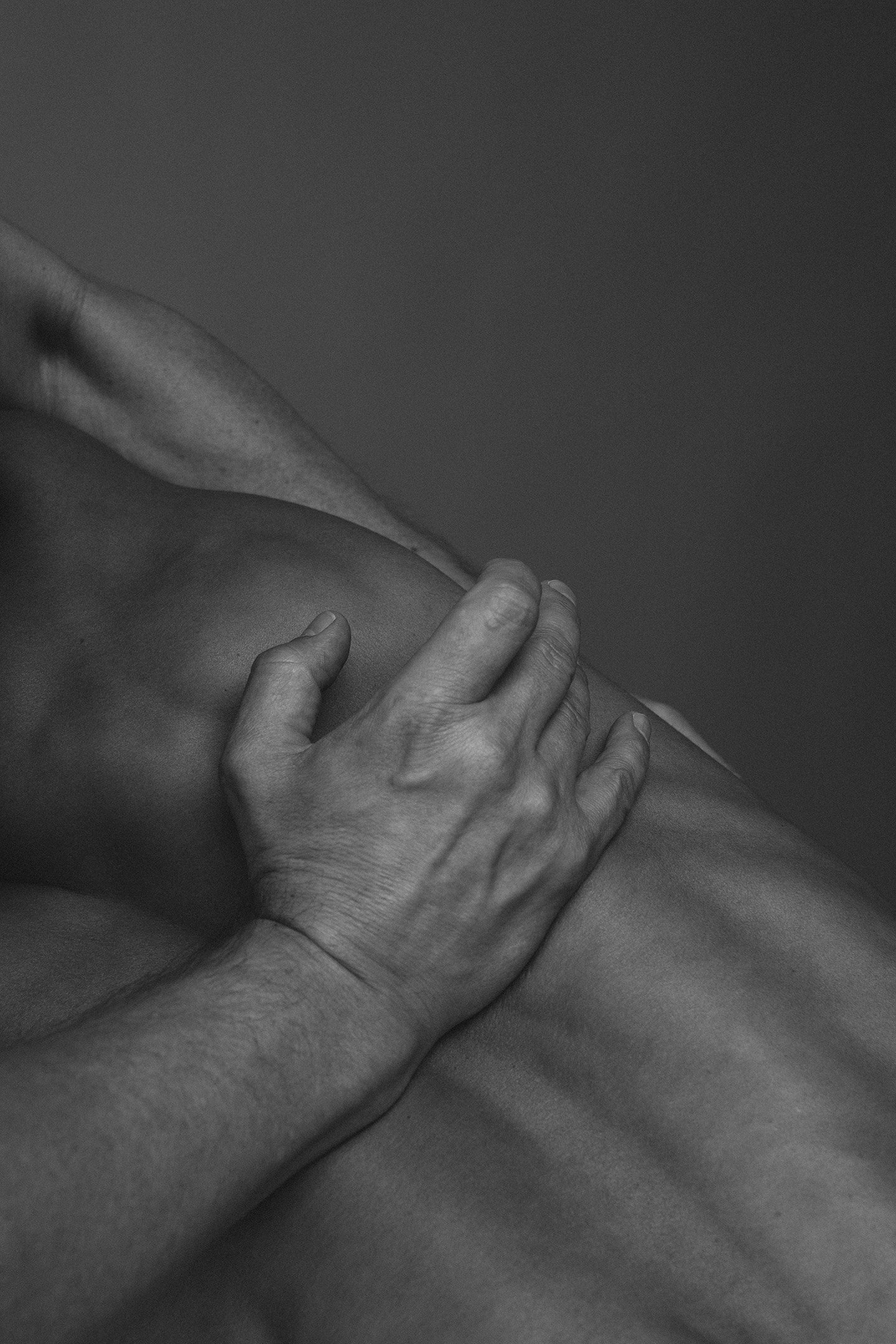
Visceral manipulation — towards natural movement and health
The deepest tissues of the body and the connective tissue attachments of internal organs affect the movement of the body. Although we perceive the problem or pain through musculoskeletal symptoms, protective mechanisms caused by deeper structures may play a role in the background.
Visceral manipulation (VM)
One of the basic ideas of the visceral manipulation is that the physiological movement of a vital body must be good. Thus, each organ and tissue should be able to adapt to the movements of the body, allowing the movements to occur freely. In the VM, the internal organs and their connective tissue attachments provide orientation for the examination of the body. Severe contusions, surgical operations or inflammation to the body can cause scar tissue or adhesion to connective tissue, which reduces the elasticity of the connective tissue and its ability to adapt to movement. It can lead to avoidance of movement and various protective mechanisms. The body core has extensive connections to the limbs through fascias, nerves and blood vessels. For this reason, protective tensions in the core area and limitation of movement also affect limb movement and may cause pain, limitation of movement and/or compensation in the extremities.
In visceral manipulation, manual examination and treatment are subtle and gentle. Therefore, the treatment is also very safe. The aim of the examination is to identify protective muscle activities by soft palpation. Protective muscle activities are released with light stretching or movement-assisted stretching.
At the Helsingin Fysioterapiaklinikka, visceral manipulation is used, if necessary, as part of the rehabilitation process for musculoskeletal problems. We are faced with situations where the medical diagnosis has remained unclear and rehabilitation from the musculoskeletal point of view does not progress. In these situations, identifying and treating protective muscle activities and movement limitations caused by non-musculoskeletal structures can help with the problem experienced by the person.
VM techniques can help with problems such as:
musculoskeletal pain
Whiplash
Other accidents and accidental sports injuries
Scar tissue tension
nerve pain
functional disorders of the intestine
chronic pelvic floor pain
endometriosis
menstrual cramps
prostate problems
problems urinating
respiratory problems



